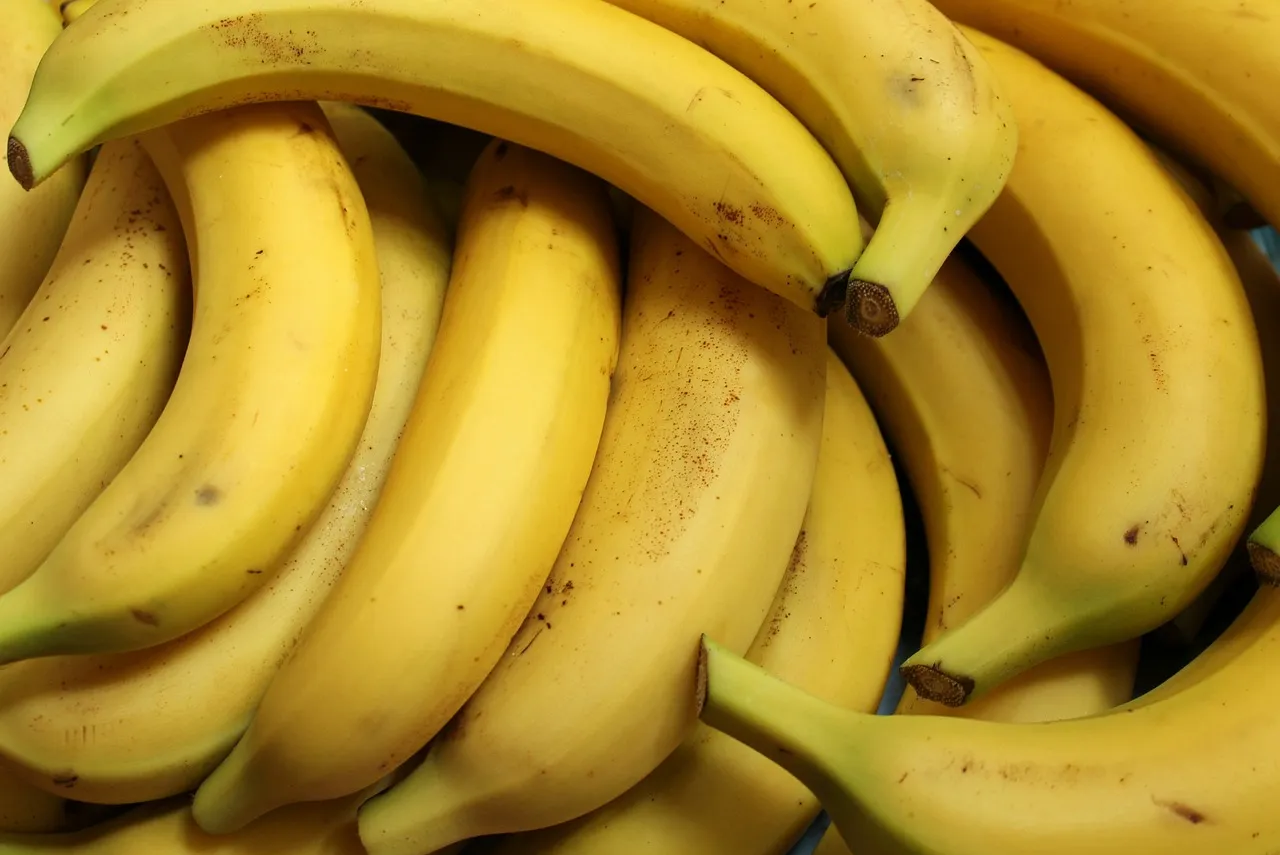Help You Make Informed Decisions
Ripe Bananas vs. Unripe Bananas

Bananas stand as a globally cherished fruit, offering a spectrum of sizes and hues. Yet, their appeal transcends mere appearance; bananas boast versatility across ripening stages, each presenting distinct taste, texture, and nutritional qualities. Delving deeper into the contrasts between ripe and unripe bananas unveils a rich tapestry of flavors and health benefits.
Taste and Texture
Ripe Bananas:
Taste: Ripened bananas greet the palate with a luscious sweetness reminiscent of honey or vanilla, owing to the development of natural sugars.
Texture: Exhibiting a tender, yielding texture, ripe bananas offer an effortless indulgence. Their yellow peel, perhaps adorned with caramelized spots, signals peak sweetness.
Unripe Bananas:
Taste: In their unripened state, bananas convey a subtler sweetness, tinged with a hint of bitterness as starch gradually transitions into sugar. Some liken the flavor to a more “vegetable-like” profile.
Texture: Unyielding yet not devoid of appeal, unripe bananas present a firmer, slightly waxy texture. Their green or pale yellow peel attests to their premature stage.
Nutrition Comparison
Vitamins and Minerals: Both ripe and unripe bananas furnish essential vitamins like C and B6 alongside minerals such as potassium and magnesium. While these nutrients remain relatively stable, fully ripe bananas may experience slight decreases in certain vitamins due to their sensitivity to environmental factors.
Calories and Sugar: Ripe bananas surpass their unripe counterparts in calorie and sugar content, as starch metamorphoses into sweetness during ripening.
Fiber: Unripened bananas boast a wealth of resistant starch akin to fiber, aiding digestion and fostering satiety. However, as bananas ripen, this starch transforms into simpler sugars, diminishing fiber content.
Antioxidants: Ripe bananas emerge as superior contenders in the antioxidant arena. As ripening progresses and the peel assumes a deeper hue, antioxidant levels escalate, fortifying the body against oxidative stress.
Health Benefits
Ripe Bananas:
Easier digestibility due to their soft consistency.
Enhanced antioxidant levels potentially contribute to cancer prevention.
A wholesome option for appeasing sugar cravings.
Unripe Bananas:
Abundant in resistant starch, promoting gut health and facilitating weight management.
Lower sugar content aligns with blood sugar monitoring objectives.
The firm texture aids in portion control, fostering satisfaction.
Usage in Cooking
Ripe Bananas:
Perfect for baking endeavors like banana bread or muffins, enriching dishes with moisture and sweetness.
An excellent addition to smoothies, imparting natural sweetness and harmonizing flavors.
Unripe Bananas:
Suited for frying or crafting into chips, retaining structural integrity.
Find utility in savory culinary creations where subdued sweetness is desired, as in select Asian cuisines.
Storage and Ripening
To expedite ripening, confine bananas within a paper bag at room temperature, harnessing ethylene gas to accelerate the process.
Conversely, impede ripening by isolating unripe bananas from other fruits and storing them in a cool environment. Refrigeration prolongs the lifespan of ripe bananas, albeit with potential darkening of the peel.
Which is Best?
The choice between ripe and unripe bananas hinges on personal preferences, dietary requirements, and culinary intentions. Ripe bananas, with their saccharine allure and antioxidant bounty, shine in snacks and desserts. In contrast, unripe bananas, with their resilient texture and nutritional potency, excel in weight-conscious fare and savory preparations. Embrace the versatility of bananas, relishing their myriad attributes across ripening stages, and savor the wholesome benefits they offer.
